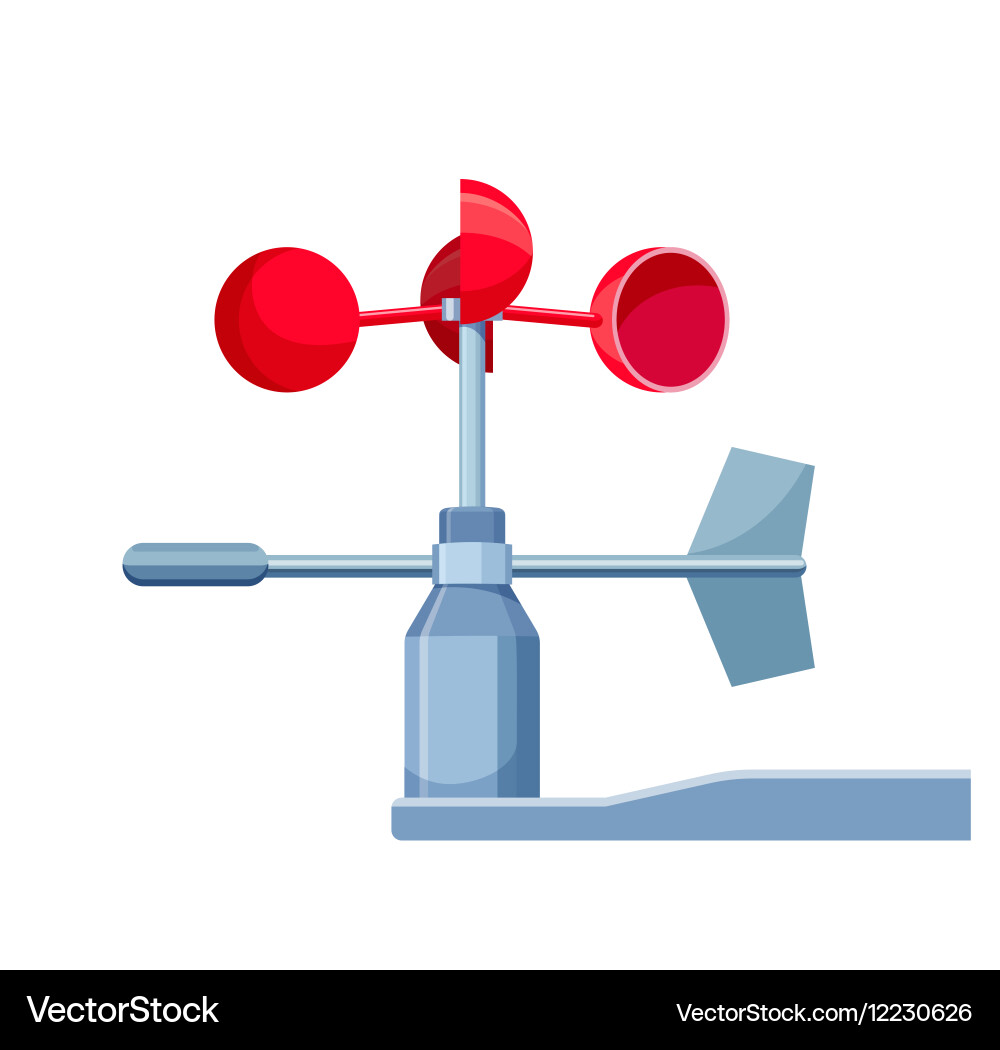How an Anemometer Can Enhance Your Weather Monitoring System
How an Anemometer Can Enhance Your Weather Monitoring System
Blog Article
All You Required to Know Concerning Anemometers: Just How They Work, Why They Issue, and Where to Utilize Them
Anemometers, however typically neglected in the world of scientific tools, play an essential duty in different areas, using beneficial insights right into wind speed and air movement patterns. Comprehending the mechanics behind these gadgets is vital for anyone looking for to harness the power of this information. From meteorologists tracking weather condition patterns to designers developing frameworks with wind tons in mind, the applications of anemometers are far-reaching and varied. As we look into the intricacies of anemometer innovation, we will certainly uncover the internal workings of these tools, their significance, and the vital factors to consider when picking the appropriate anemometer for specific applications.

Anemometer Essentials
A crucial instrument used to gauge wind speed and instructions, the anemometer plays a vital role in weather forecasting and different industries. An anemometer usually consists of three or 4 mugs that turn in the wind, a vane that points right into the wind, and sensing units to track the rotations or motions.
There are numerous types of anemometers offered, consisting of cup anemometers, vane anemometers, hot-wire anemometers, and sonic anemometers, each with its unique functions and applications. Cup anemometers are generally utilized for standard wind speed dimensions, while vane anemometers are chosen for directional dimensions. Hot-wire anemometers appropriate for low airspeeds, and sonic anemometers are ideal for high-precision dimensions in research study and commercial settings. Recognizing the fundamentals of anemometers is necessary for precise wind information collection and evaluation throughout different sectors.
Principles of Anemometer Operation
Building on the foundational understanding of anemometer basics, the concepts of anemometer procedure illuminate the mechanics behind wind rate and instructions measurements. Mug anemometers, for circumstances, have 3 or even more cups that capture the wind, triggering them to rotate much faster as the wind speed boosts. Hot-wire anemometers depend on a heated cord that cools down as wind passes over it, with the price of cooling figuring out the wind speed.
Significance of Anemometers
The relevance of anemometers in meteorology and different markets can not be overstated. Anemometers play a crucial duty in determining wind speed and instructions, supplying necessary information for weather projecting, climate studies, environmental surveillance, and aviation operations. Meteorologists count on anemometers to collect accurate wind data, assisting them comprehend weather condition patterns, forecast tornados, and issue prompt cautions to the public. In industries such as building, agriculture, renewable resource, and maritime operations, anemometers are utilized to enhance procedures, guarantee security, and increase performance. Wind farm drivers use anemometers to analyze wind conditions and make best use of electricity production from wind generators. In the maritime field, anemometers aid ship navigation by supplying real-time wind details to captains, helping them make notified choices to ensure risk-free trips. have a peek at this website On the whole, anemometers are crucial tools that contribute substantially to security, efficiency, and informed decision-making in meteorology and a vast array of sectors.
Applications Across Various Industries
Applications of anemometers span throughout diverse markets, showcasing their adaptability and energy past weather forecasting. In the renewable resource sector, anemometers play a vital role in evaluating wind problems for wind ranch positionings, ensuring ideal energy manufacturing. Industries like building and mining use anemometers to monitor wind rates, vital for safety methods, especially when operating at heights or in open-pit mines where strong winds can posture risks. Anemometers are additionally important in the aviation market, assisting pilots in recognizing airspeed and wind instructions for safe liftoffs and touchdowns. The maritime field take advantage of anemometers for ship navigating, helping sailors prepare for weather condition adjustments and adjust paths as necessary. In farming, anemometers help farmers in handling crop splashing by supplying real-time information on wind i loved this speed to avoid drift. Anemometers discover applications in Heating and cooling systems to maximize air movement and enhance energy efficiency in buildings. The varied usage instances of anemometers highlight their importance across numerous markets, highlighting their crucial function in enhancing operational safety and efficiency (anemometer).

Picking the Right Anemometer for Your Needs
Choosing the proper anemometer customized to your specific demands is crucial for obtaining accurate wind speed and direction measurements. When selecting an anemometer, consider elements such as the desired application, called for dimension array, ecological problems, and wanted attributes. For basic objectives, a mug anemometer appropriates for measuring wind speed, while a More Help vane anemometer supplies wind instructions data. Hot-wire anemometers are ideal for low airspeed dimensions, and ultrasonic anemometers offer high precision and toughness.

Conclusion
In final thought, anemometers play a vital function in gauging wind speed and direction across various sectors. It is important to consider the relevance of anemometers in order to make educated decisions when picking the most appropriate device for determining wind problems.
There are different types of anemometers readily available, including cup anemometers, vane anemometers, hot-wire anemometers, and sonic anemometers, each with its one-of-a-kind functions and applications. Cup anemometers are frequently made use of for basic wind rate dimensions, while vane anemometers are chosen for directional dimensions. Hot-wire anemometers are appropriate for reduced airspeeds, and sonic anemometers are ideal for high-precision measurements in research and commercial setups.Building on the foundational understanding of anemometer essentials, the concepts of anemometer procedure illuminate the auto mechanics behind wind speed and instructions dimensions. For general purposes, a cup anemometer is appropriate for determining wind rate, while a vane anemometer offers wind direction information.
Report this page